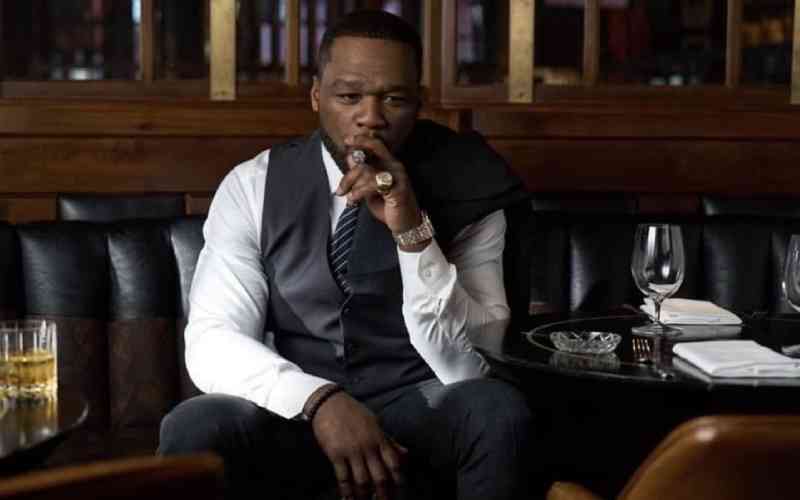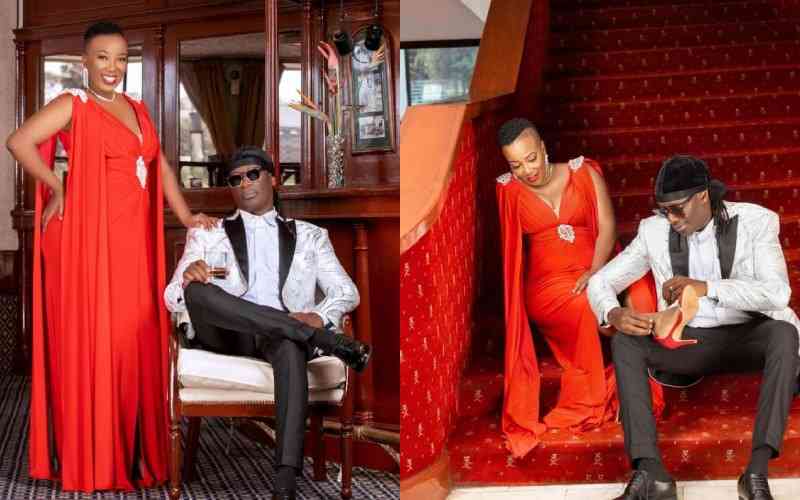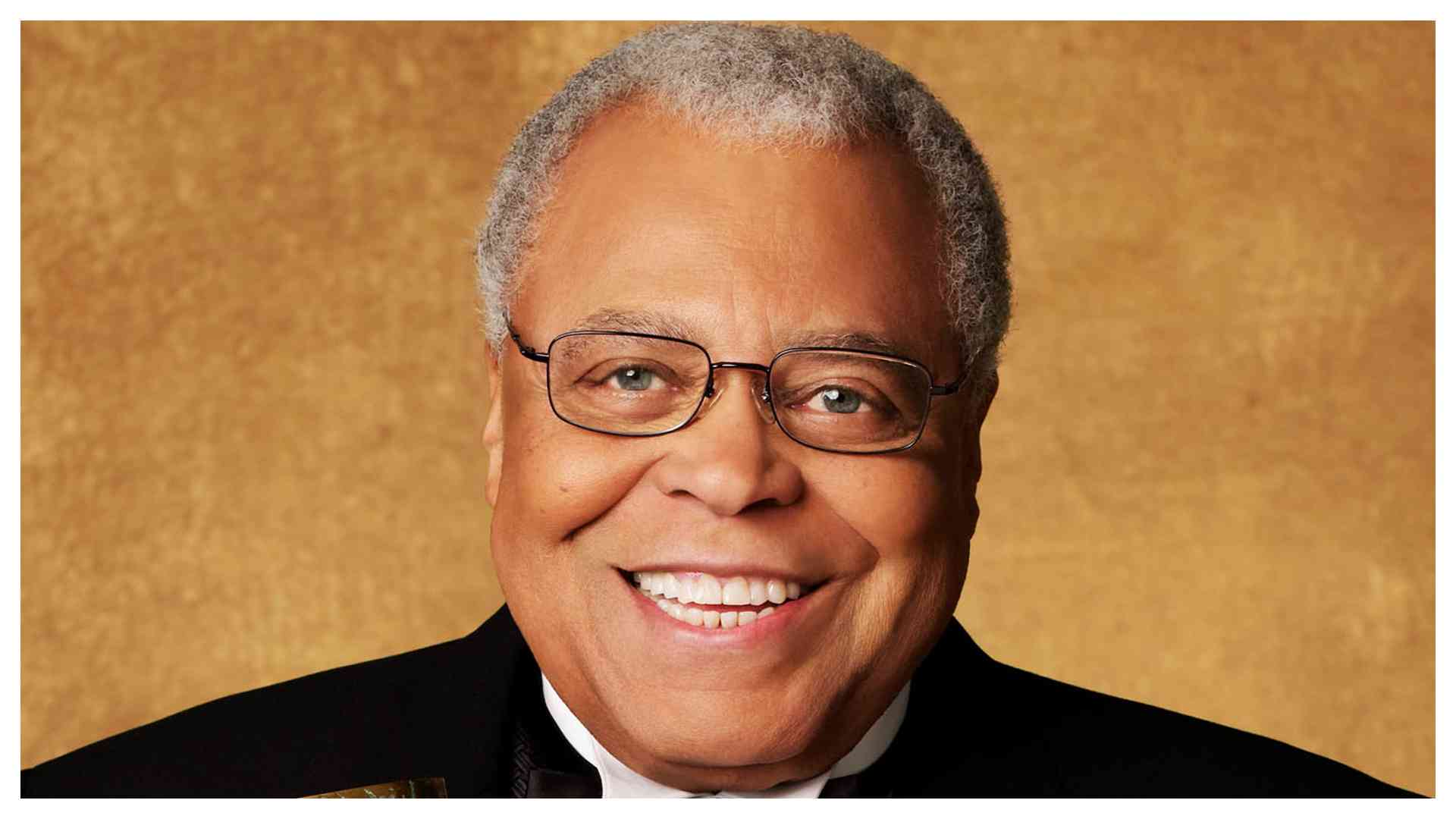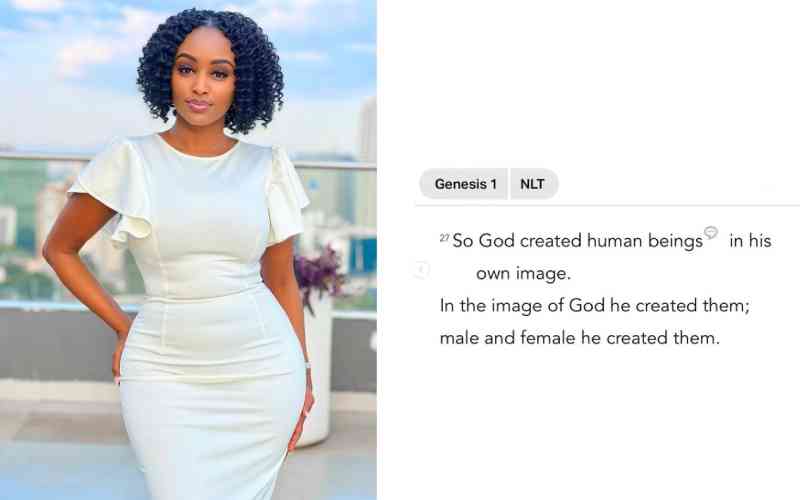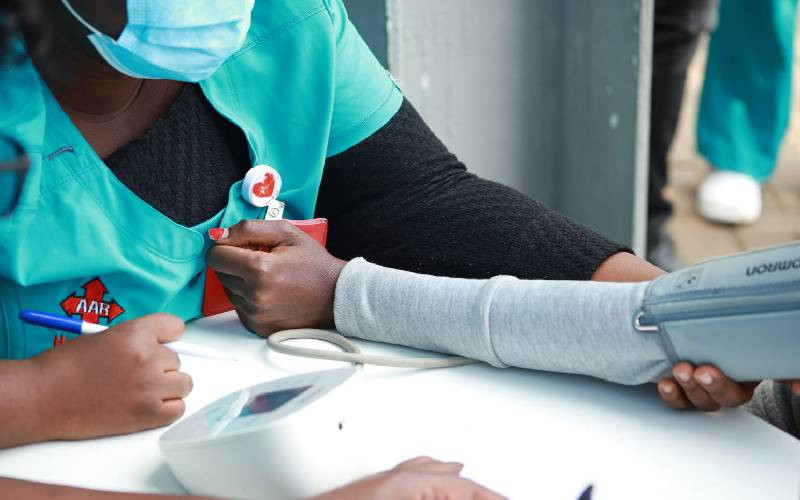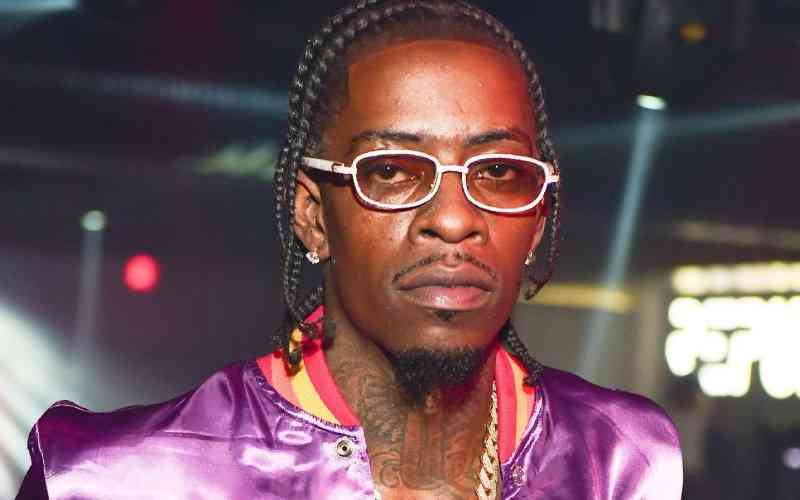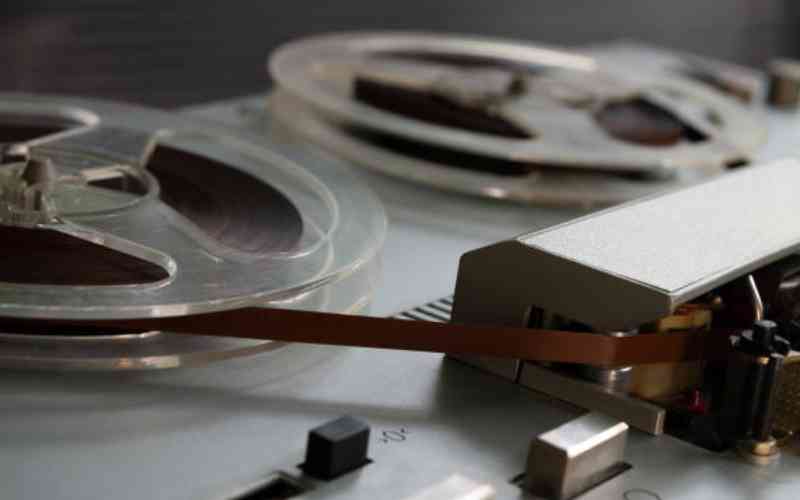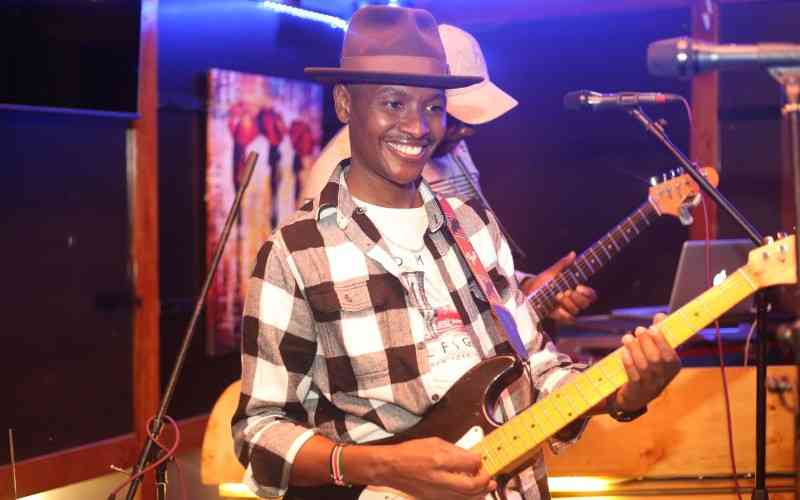
The sons of Mumbi, yours truly included, are known for their enviable fashion sense. We know how to rock the weekends in trademark-checked shirts and khakis. Accessorize that with a toothpick dangling stylishly from one corner of the mouth and you have the image of an elegant city dandy out to conquer hearts and the world.
Our mugithi musicians, on the other hand, melt hearts with jet-black Stetsons that would make Wild West proud. The cowboy hat is an essential fashion item to Kikuyu musicians as the guitar and a soulful voice. It’s their crown, their unmistakable badge of honour. But why? How did the cowboy hat, an icon of the American West, ride its way into the hearts (and onto the heads) of Kikuyu artistes? Let’s tip our hats and take a closer look.
The origins of this trend are shrouded in mystery, much like the cowboy hats themselves. Some say it began with those World War Two fighters who went to fight for the British in Burma. They stumbled upon the cowboy hat and decided it made them look distinguished—like a Kikuyu version of Jimmie Rogers. The rest, as they say, is history.
The cowboy hat quickly became a must-have for every Kikuyu artist who wanted to look the part. After all, what better way to say “I’m here to sing about love, loss, and livestock” than with a wide-brimmed hat?
My uncle, a Stetson aficionado himself, swears that it’s the likes of Joseph Kamaru, Francis Rugwiti and a host of other crooners came up with the cowboy hat. The Americans, while on safari, copied the fashion item from us. Clearly, it’s hard to believe uncle’s warped sense of history-but I can’t tell him that.
Whatever its origins, Kikuyu musicians wear their cowboy hats with pride. You’ll see them strutting across stages, tipping their hats to adoring fans as if they’ve just rounded up a herd of cattle. The cowboy hat isn’t just an accessory; it’s a statement that screams ‘Boy, we are ready to make you dance!”
But you must listen to this secret I gleaned from a seasoned mugithi crooner last weekend. The cowboy hat isn’t just a hat—it’s a versatile tool, a fashion chameleon. On a rainy day, it’s a makeshift umbrella. When the sun is blazing, it’s a portable shade. Need to make a dramatic point during a song? Simply remove the hat, hold it to your chest, and look out at the crowd with soulful eyes. It’s the ultimate prop that can go with any occasion.
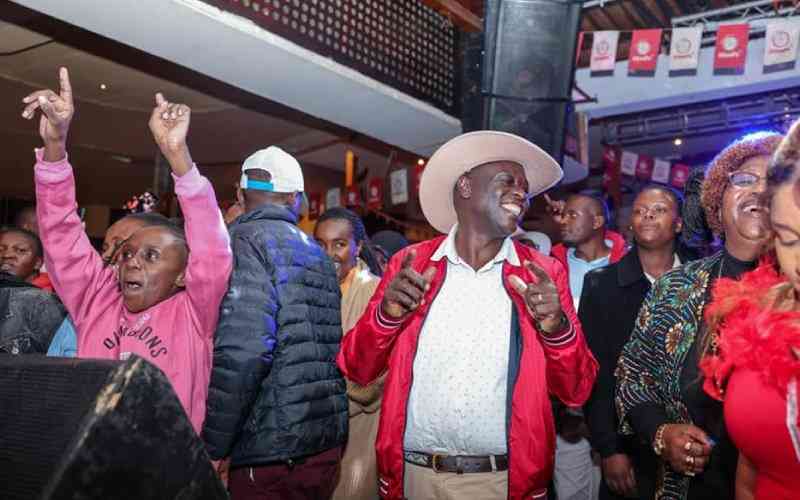
Of course, not everyone can pull off the cowboy hat look. It takes a certain kind of swagger, a blend of confidence and charisma, to make it work. But for those who do, the hat becomes more than just a fashion choice—it’s a part of who they are. It’s as if the spirit of the American cowboy has been reincarnated in the form of a Kikuyu musician, ready to lasso your heart with every strum of the guitar.
In the end, the cowboy hat is more than just headgear for mugithi musicians. It’s a cultural cocktail, a perfect blend of East meets West, of tradition and modernity, of gichagi and gunslinger.
 The Standard Group Plc is a multi-media organization with investments in media platforms spanning newspaper print
operations, television, radio broadcasting, digital and online services. The Standard Group is recognized as a
leading multi-media house in Kenya with a key influence in matters of national and international interest.
The Standard Group Plc is a multi-media organization with investments in media platforms spanning newspaper print
operations, television, radio broadcasting, digital and online services. The Standard Group is recognized as a
leading multi-media house in Kenya with a key influence in matters of national and international interest.

